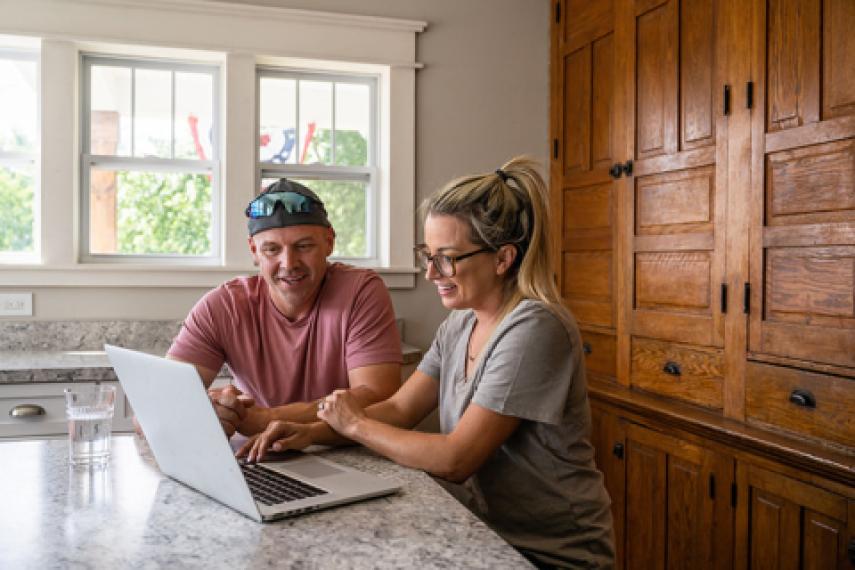
VA loans, backed by the U.S. Department of Veterans Affairs (VA), offer unique benefits to eligible active-duty service members, veterans, and certain surviving spouses. These loans provide opportunities to purchase, build, refinance, or renovate homes with favorable terms and limited upfront costs.
Overview
VA loans are issued by private lenders and guaranteed by the Department of Veterans Affairs, which ensures part of the loan in case of borrower default. This guarantee enables lenders to offer competitive rates and terms that may not be available through conventional loans.
Types of VA Loans
- VA Purchase Mortgage: Allows eligible borrowers to buy a home without a downpayment.
- VA Construction Loan: Covers costs for building a new home, including land, labor, and materials.
- VA Rehab and Renovation Loan: Finances for home improvements or repairs.
- VA Streamline Refinance (IRRRL): Helps borrowers reduce interest rates or switch from an adjustable rate to a fixed-rate mortgage.
- VA Rate-and-Term Refinance: Adjusts loan terms and interest rates on an existing mortgage.
- VA Cash-Out Refinance: Lets homeowners refinance into a larger loan to access home equity as cash.
- VA Energy Efficient Mortgage (EEM): Finances energy-efficient upgrades, such as solar panels or insulation.
- Native American Direct Loan (NADL): Assists Native American veterans in building or buying homes on federal trust land.
Key Features and Requirements
Features of VA Loans
- No Downpayment Requirement: Most VA loans don't require a downpayment.
- No Private Mortgage Insurance (PMI): Borrowers save on PMI costs, a requirement for most conventional loans with less than 20% down.
- Competitive Interest Rates: VA loans often have lower rates than conventional loans.
- No Loan Limits: There are no borrowing caps for borrowers with full entitlement.
- Funding Fee: A one-time fee helps offset the program's costs but can be part of the loan's cost.
- Flexible Credit Requirements: Borrowers with past bankruptcies or foreclosures may still qualify.
Eligibility Requirements
You may qualify for a VA loan if:
- You're on active duty, an honorably discharged veteran, or a National Guard or Reserve member with sufficient service history.
- You're the surviving spouse of a service member who died in action or from a service-related disability and has not remarried (or remarried after age 57 and December 16, 2023).
- You meet the lender's credit and income requirements.
- You plan to use the loan for a primary residence that meets VA property standards.
Loan Limits
There are no set VA loan size limits for borrowers with full entitlement, but lenders may impose their own caps based on income and debt. For 2025, the baseline VA loan limit for a single-family home in most counties is $806,500, while high-cost areas allow up to $1,209,750.
Refinancing Options
VA loans offer two main refinancing programs:
- VA Streamline Refinance (IRRRL): Simplifies the process of lowering interest rates or transitioning to a fixed-rate loan.
- VA Cash-Out Refinance: Allows borrowers to convert home equity into cash, refinance a conventional loan into a VA loan, or pay off high-interest debts.
How to Apply
To secure a VA loan, follow these steps:
- Obtain a Certificate of Eligibility (COE): Verify your eligibility through the VA's online portal or with help from your lender.
- Compare Lenders: Look for lenders specializing in VA loans and compare rates, terms, and fees.
- Organize Financial Documents: Gather tax returns, pay stubs, and bank statements.
- Request Preapproval: Determine your borrowing power and search for properties within your budget.
- Find a Home: Ensure the property meets VA safety and structural standards.
- Complete the Application: Submit the necessary documentation and work with your lender through the underwriting process.
Pros and Cons of VA Loans
Pros
- No Downpayment: Enables homeownership without substantial savings.
- No PMI: Reduces monthly costs compared to conventional loans.
- Competitive Rates: Lower interest rates save borrowers money over time.
- Flexible Credit Standards: Eligibility is accessible to those with less-than-perfect credit.
Cons
- Primary Residences Only: You cannot use VA loans for vacation homes or investment properties.
- Funding Fee: While it can be part of financing, the funding fee adds to the loan cost.
- Limited to Eligible Borrowers: Only service members, veterans, and qualifying spouses can access this benefit.
Takeaway
VA loans offer invaluable benefits to those who qualify, including no downpayment, no PMI, and competitive interest rates. These loans empower eligible service members and their families to achieve homeownership, often at a lower cost than conventional loans.
VA loans provide unparalleled flexibility with options for purchasing, refinancing, and even funding home renovations. If you're eligible, exploring these loans can be a wise step toward achieving your housing goals.
